2023 confirmed as the warmest year ever recorded
A Greener Life
JANUARY 11, 2024
degrees Celsius warmer than in the 1850-1900 pre-industrial period, when humans began burning fossil fuels on an industrial scale, pumping carbon dioxide into the atmosphere. target, which all countries agreed to in 2015, had been breached on nearly half of the days in 2023. What’s in store for 2024?



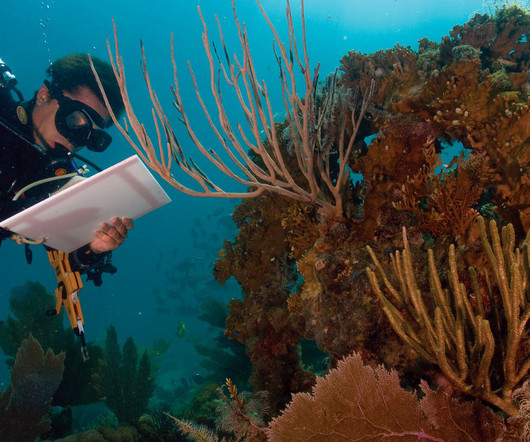
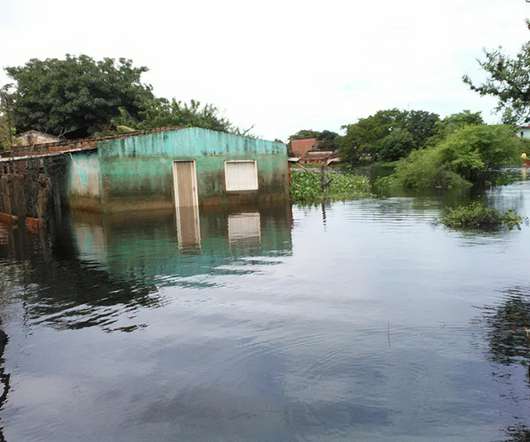

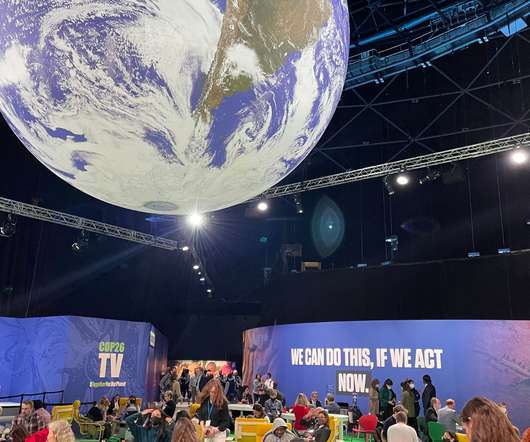
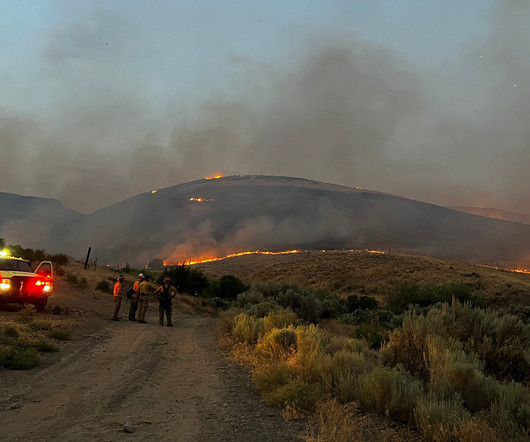
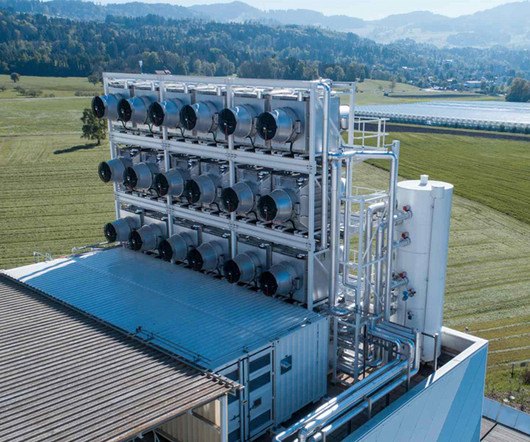

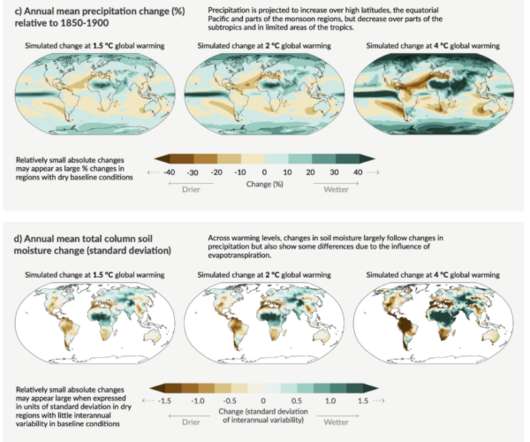
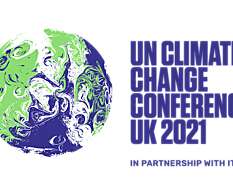

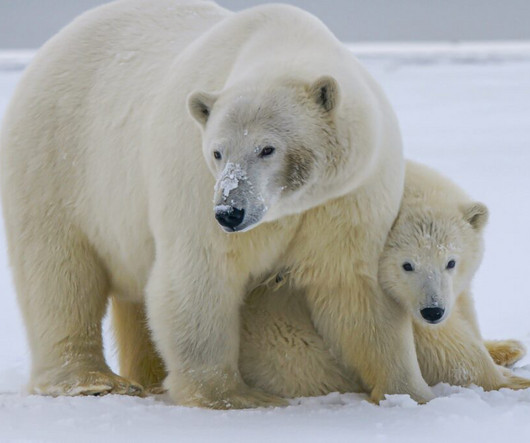















Let's personalize your content